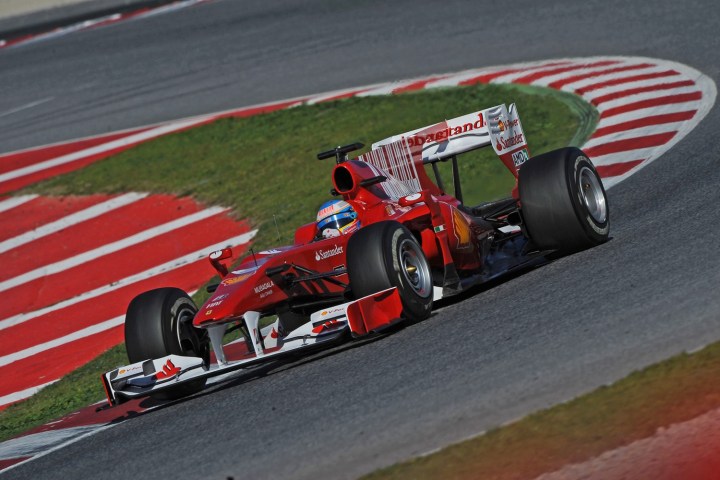
The legendary Italian automaker is considering entering the Formula E electric-car race series, CEO Sergio Marchionne said during a teleconference to discuss the company’s third quarter results, according to Autocar. Marchionne, who also heads former Ferrari parent Fiat Chrysler Automobiles (FCA), said some changes would need to be made to the series, however.
“The answer is yes,” Marchionne is reported to have said in response to a question about whether Ferrari would enter Formula E. He then explained what he views as two problems with the current format. One is that cars are swapped mid-race because they don’t have enough battery capacity to go the entire distance. Marchionne said that “is not something Ferrari would naturally gravitate to.”
The other issue is the current standardization of cars. While teams have some leeway when it comes to powertrain design, they must all use the same Spark-Renault SRT_01e chassis that have been mandatory since Formula E’s first season. If Ferrari were to enter Formula E, it would want to design its own chassis, Marchionne reportedly said.
Formula E currently requires all teams to use the same chassis in order to control costs, keep the playing field level, and focus development efforts on the electric powertrains. However, rules may eventually loosen, allowing teams to build their own chassis. That seems to be the expectation of the major automakers that have already expressed interest in the series, including Audi, BMW, Jaguar, and Mercedes-Benz.
While most of those manufacturers view Formula E as relevant to their future plans for electric production cars, that won’t be the case with Ferrari. The company has no plans for an electric road car. Marchionne has actually called the idea of an electric Ferrari an “obscene concept,” because the lack of engine noise would take away an essential part of the Ferrari experience. Still, Ferrari is indelibly linked with racing, and Formula E would give it a new venue alongside Formula 1 and sports-car racing.


